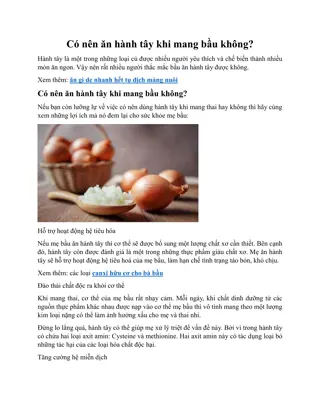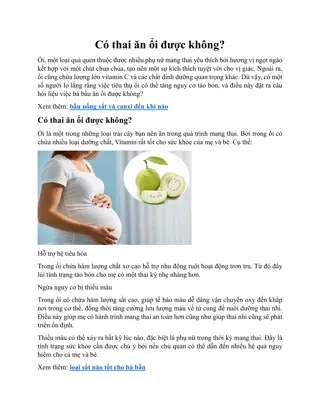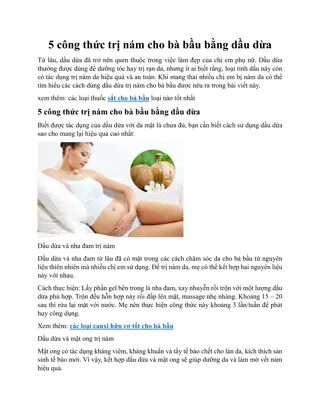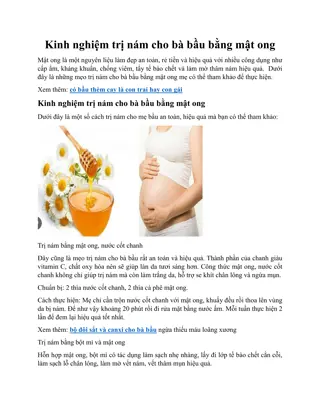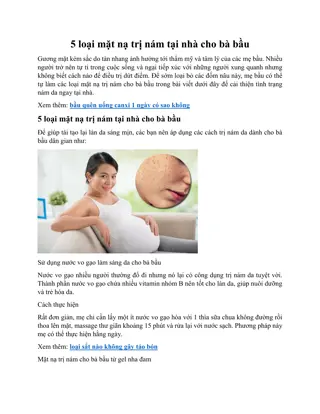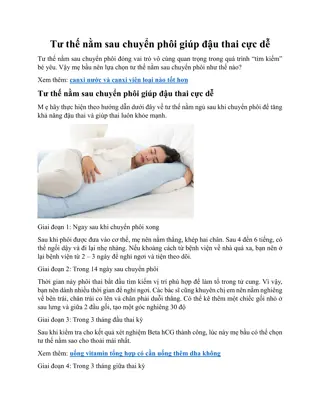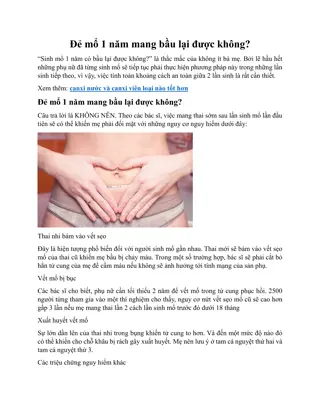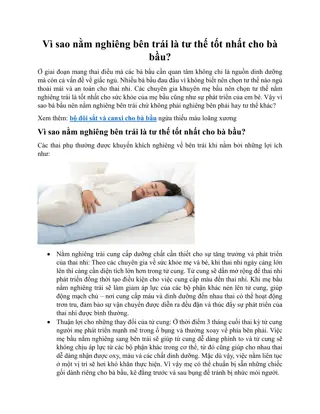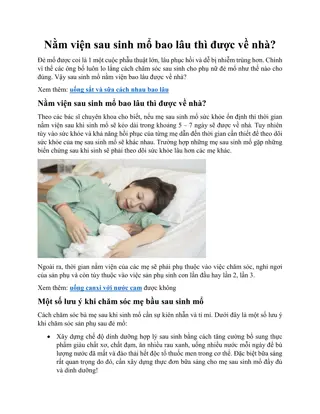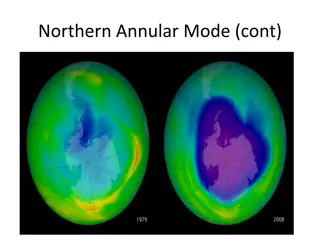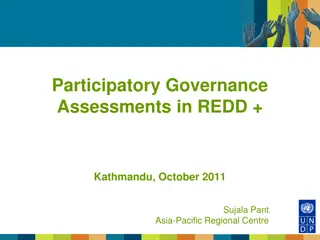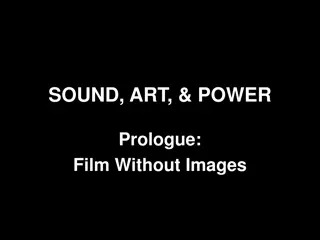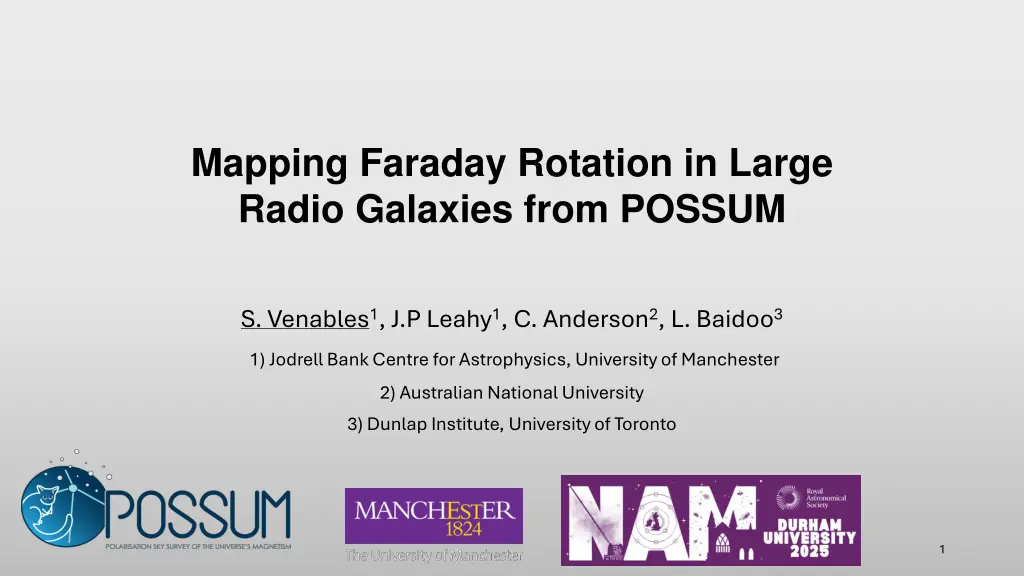
Radio Galaxy Faraday Rotation Study
Explore the mapping of Faraday Rotation in large radio galaxies using the POSSUM project. Investigate the polarisation of double radio sources, Laing-Garrington effect, RM stripes, and more in understanding magnetic fields and AGN contributions. Discover the Australian SKA Pathfinder project, EMUCAT, data analysis methods, and foreground subtraction techniques.
Uploaded on | 1 Views
Download Presentation

Please find below an Image/Link to download the presentation.
The content on the website is provided AS IS for your information and personal use only. It may not be sold, licensed, or shared on other websites without obtaining consent from the author. If you encounter any issues during the download, it is possible that the publisher has removed the file from their server.
You are allowed to download the files provided on this website for personal or commercial use, subject to the condition that they are used lawfully. All files are the property of their respective owners.
The content on the website is provided AS IS for your information and personal use only. It may not be sold, licensed, or shared on other websites without obtaining consent from the author.
E N D
Presentation Transcript
Mapping Faraday Rotation in Large Radio Galaxies from POSSUM S. Venables1, J.P Leahy1, C. Anderson2, L. Baidoo3 1) Jodrell Bank Centre for Astrophysics, University of Manchester 2) Australian National University 3) Dunlap Institute, University of Toronto 1
Polarisation of Double Radio Sources Polarised synchrotron emission of jets Measure Faraday rotation & depolarisation Probe IGM and IGrM magnetic fields. AGN contributions to these. Study existing patterns: Laing-Garrington effect RM stripes https://www.gb.nrao.edu/GBTopsdo cs/primer/faraday_rotation.htm 2
The Laing-Garrington effect One-sided observed jet relativistic beaming More polarisation on jet side E. Alexander, Github: https://emmaalexander.github.io/resources.html 3
RM stripes Surface effect of ICM effect? D. Guidetti et al. (2012) 4
POSSUM Australian SKA Pathfinder project 50% of sky (southern hemisphere) 30-50 RMs per sq deg Band 1: 800-1088 MHz 1.5 x 1.5 sq deg single HPX tiles Resolved sources: 1500 pixels, 1.5 . Credit: CSIRO Gaensler et al. (2025) 5
EMUCAT 0307-51 Evolutionary Map of the Universe 15 resolution Value Added Catalogue of EMU sources EMU field (36 sq deg) EMUCAT region (70 sq deg) Mosaic of overlapping fields Total POSSUM/EMU area 20,630 sq deg 0213-51 0210-51 0244-60 0138-60 Norris et al. (2011, 2021) Hopkins et al. (2025) 6
Data Selavy sources identified in EMUCAT (Stokes I) POSSUM 3D pipeline creates data products: RM, fractional polarisation, PPI, polarisation angle My dataset- 0.11 sr (0.8% of survey) EMUCAT: 300,000 sources 299 resolved Fully reduced POSSUM data 148 objects (0.4% of POSSUM) Selavy Whiting & Humphreys (2012) 7
Creating cutouts Type 1 POSSUM tiles used Threshold on RM: 5 above mean total I, PPI SNR > 8 (Vanderwoude et al. 2024) Foreground subtraction: Take average RM of any unresolved source within 0.5 deg RMs must have > 3% polarisation and > 5 above mean total I 8
Weighted mean RM = 2.0 rad/m2, Background = -10.5 rad/m2 Std dev = 32 rad/m2 IQR = 18 rad/m2 J021646-474906 9
ESO 198-1 z = 0.064271 +/-0.00015 10
Weighted mean RM = 38.9 rad/m2 Foreground RM = 37.7 rad/m2 Std dev = 6.2 rad/m2 IQR = 1.4 rad/m2 Weighted mean RM = 38.9 rad/m2 Foreground RM = 39.2 rad/m2 Std dev = 2.2 rad/m2 IQR = 1.9 rad/m2 12
03 20 35.48, -53 30 52 No spec z Detected in J, K 2MASS, WISE, SUMSS 20 mag DESI photo z = 2.5 Estimate around 4.7 Mpc 13
J032722-532542 Weighted mean RM = 26.0 rad/m2 Foreground RM = 26.1 rad/m2 Std dev = 8.4 rad/m2 IQR = 8.3 rad/m2 14
J032754-532630 Weighted mean RM = 26.1 rad/m2 Foreground RM = 25.7 rad/m2 Std dev = 9.0 rad/m2 IQR = 8.2 rad/m2 15
EMUCAT Aladdin with ALLWISE overlay 2MASX J03273115-5323399 0.064575 3.34e-4 2MASS J03272477-5325176 z = 0.062281 2MASX J03272353-5325348 z = 0.064171 1.87e-4 2MASX J03275206-5326099 z= 0.059191 1.03e-4 17
J021305-474126 & J021311-474617 Weighted mean RM = 7 rad/ m2 Std dev = 3.0 rad/ m2 IQR = 4 rad/ m2 18
PKS 0211-479, z = 0.22 EMUCAT Aladdin with ALLWISE overlay 19
J022215-510622 Weighted RM mean = 21.1 rad/m2 Foreground RM = 19.8 rad/m2 Std dev = 2.5 rad/ m2 IQR = 2.8 rad/ m2 20
ESO 198-8,BClG z= 0.048645 +/- 0.000037 21
Whats next for me? Initial results: Large number of objects with statistically significant variation in RM. How do RM fluctuations vary from lobe to lobe? Depolarisation ratio estimates. What s next for POSSUM Next generation of tiles Band 2 better depolarisation estimates Rest of survey (99.6%) 25


